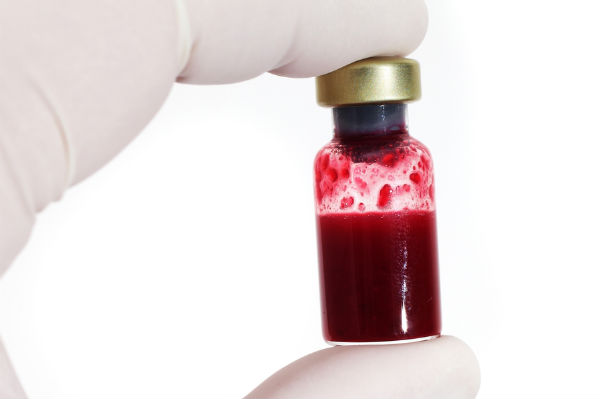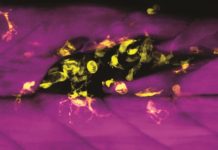Alzheimer’s patients in the US will be given transfusions of young people’s blood as part of a promising new treatment that’s nowhere near as crazy as it sounds.
 This October, people with mild to moderate levels of Alzheimer’s disease will receive a transfusion of blood plasma from donors aged under 30.
This October, people with mild to moderate levels of Alzheimer’s disease will receive a transfusion of blood plasma from donors aged under 30.
The trial, run by researchers at the Stanford School of Medicine in the US, follows their revolutionary study involving lab mice, where the blood plasma of young mice was injected into old mice, resulting in a marked improvement in their physical endurance and cognitive function. Completed earlier this year, their research, combined with independent studies by a handful of research teams around the world, pin-pointed a plasma-borne protein called growth differentiation factor 11 – or GDF11 – as a key factor in the young blood’s powers of rejuvenation.
“We saw these astounding effects,” lead researcher and professor of neurology at Stanford, Tony Wyss-Coray, told Helen Thomson at New Scientist. “The human blood had beneficial effects on every organ we’ve studied so far.”
Getting approval for their October trial has been fairly straightforward, he said, because blood transfusion therapy has such a long history of safe use in medical procedures, but the team will still keep a very careful eye on how the patients are progressing once they’ve received the young blood. “We will assess cognitive function immediately before and for several days after the transfusion, as well as tracking each person for a few months to see if any of their family or carers report any positive effects,” he told Thomson at New Scientist. “The effects might be transient, but even if it’s just for a day it is a proof of concept that is worth pursuing.”
Without wanting to get ahead of ourselves just yet, if the trial ends up being a raging success and the Stanford team can prove once and for all that young blood reverses the debilitating effects of Alzheimer’s and other degenerative diseases such as cancer, we’re going to need a whole lot more donors to meet demand around the world. Or, as Wyss-Coray told New Scientist, the hope is that continued research will identify the individual components in the plasma that are contributing to the positive effects – such as GDF11 – and get these synthesised into new types of drugs.
“It would be great if we could identify several factors that we could boost in older people,” he said. “Then we might be able to make a drug that does the same thing. We also want to know what organ in the body produces these factors. If we knew that, maybe we could stimulate that tissue in older people.”
Source: Science Alert














